Visit our showroom : 6 Royan Place, Bayswater North, Victoria 3153
Visit our showroom : 6 Royan Place, Bayswater North, Victoria 3153
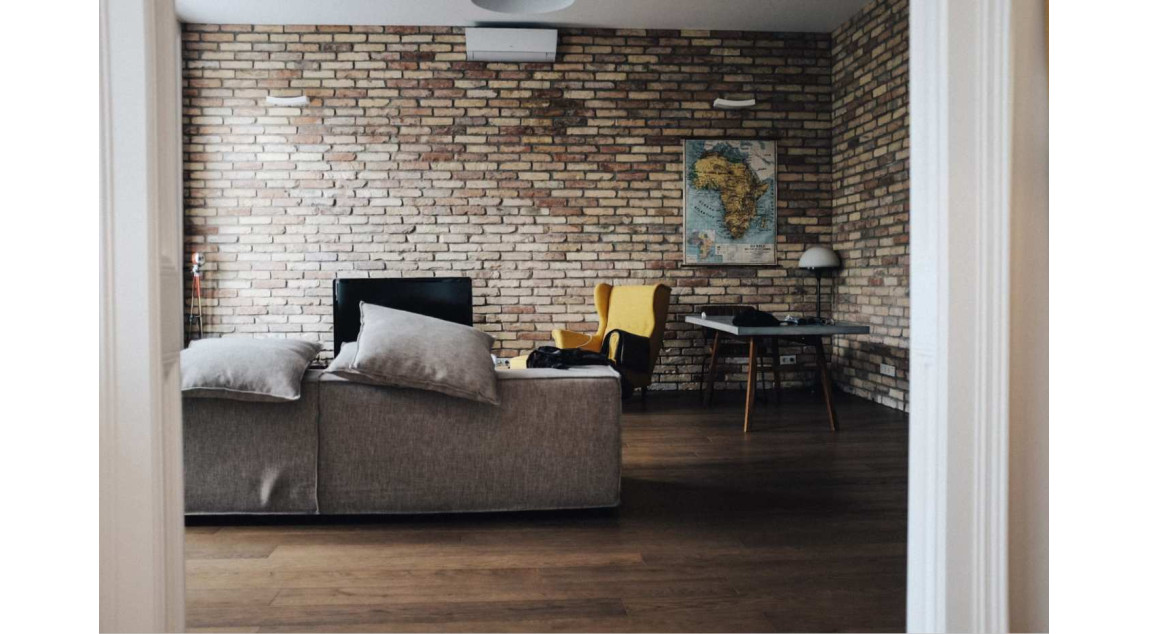
Inflation and cost-of-living pressures are undoubtedly two of the biggest challenges that Melbournians currently face. While we are unable to control the cost of petrol and supermarket items, there are some ways to cut down and save money. Today, we’re going to focus on heating and cooling and highlight some ways that you can save money on your power bills this winter.
Autumn is already underway, which means that we’re drawing closer to another cool and long winter in Melbourne. As a result, there’s no better time than now to prepare your home and develop strategies to make some serious savings.
Let’s get straight into it.
Below, we’re going to dive into seven great strategies you can use to reduce your power bills and make some real savings. These seven include
In Victoria, recent legislation has been introduced to ban gas connections in new builds from 2024 onwards. While gas is still used by a large section of the state, there is also a major push encouraging homeowners to make the switch to an ‘electrified’ household. This switch involves changing all existing gas connections to electric, such as replacing any current gas based hot water units, heating systems, or appliances.
The good news is that in line with this push, electric HVAC systems and appliances have become more efficient than ever before. Where an older gas ducted system can drive up power bills significantly, newer reverse cycle systems have smart thermostats that can detect when the indoor temperature is ideal, then either turn the system off or switch it into power saving mode.
Fortunately, there are a variety of rebates available to further encourage homeowners to switch from gas to electric. The most notable rebate in place right now is the Victorian Energy Upgrades or ‘VEU’ Program.
As outlined by Environment Victoria, “households can apply for rebates worth up to $3600 to install efficient electric appliances including reverse cycle air conditioners, heat pump hot water systems, efficient lighting and more.”
Let’s consider some examples
In the world of heating and cooling, efficiency is everything, and it directly correlates with how much you spend on your power bills. A less efficient system has to work harder to reach the selected temperature, which requires it to use more energy. The harder it works, the more power is used.
Across the industry, major advancements have been made to both the capacity and efficiency of heating and cooling systems. In Australia, this is generally reflected by the star rating each unit receives.
Even if you’re a novice, this rating system is simple and easy to gauge. The more stars, the more efficient the system has been deemed to be. These ratings should also be readily accessible and included on the retailer’s websites, as well as visible on the physical model itself.
6, 7, and 8 star ratings are increasingly becoming the norm. However, anything at 5 or higher is generally a safe bet. While units with lower star ratings can be more affordable, there can be complications, especially if you’re looking to heat a large home or use it on a regular basis.
A unit with a higher Energy Star rating is more expensive, right? Yes. However, while the upfront costs are higher, the long-term savings often make it well worth the investment.
Here is a graph courtesy of Sustainability Victoria
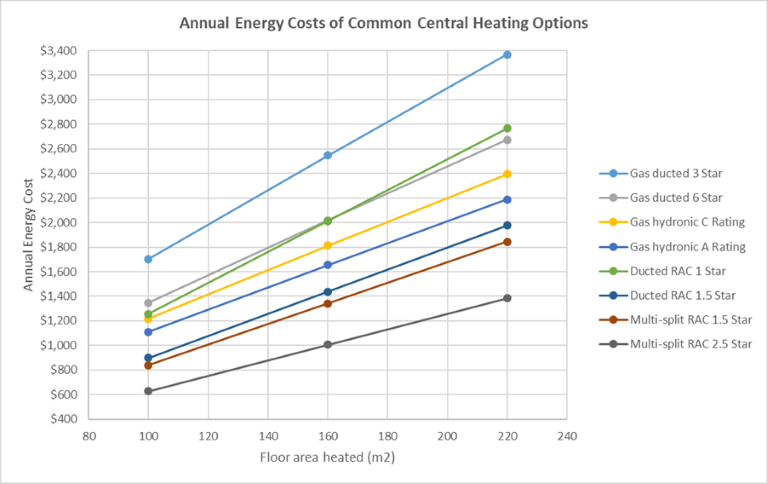
As you can see above, a gas ducted system with a 3-star rating will cost you the most, with an average cost of $3,400 annually (for a home of 220m2). In comparison, even a Multi-split RAC system with a 1.5-star rating only accumulated an annual cost of roughly $1,800.
On the cold nights and mornings, it’s very tempting to crank up the heater. However, if you want to save money and use your heating responsibly, you should always stay within the recommended temperature window.
According to Sustainability Victoria, you should always keep the thermostat between 18 to 20 degrees in living areas. Every degree higher or lower than this window can dramatically run up your power bills. So, if you have anyone in the home who likes to adjust the thermostat too high or too low, make sure to give them a gentle reminder.
It’s also important to make use of the different settings available, such as heating, power saving, or the scale from low to high output. Using the right mode is a more effective way to achieve your ideal temperature and also minimise the strain on the heating system itself.
Smart thermostats take the guesswork out of maintaining the perfect temperature in your home. By learning your schedule and adjusting heating and cooling automatically, these devices are designed to make sure your home is always at a comfortable temperature when you’re there and conserving energy when you’re not. The beauty of smart thermostats lies in their ability to adapt to your life and provide just the right amount of warmth right when you need it.
Smart meters are another great way to complement smart thermostats, as they offer real-time insights into your ongoing energy consumption. This immediate feedback allows you to see the impact of your heating and cooling habits, making it easier to adjust for efficiency.
Whether it’s identifying the most energy-intensive times of the day or understanding the cost implications of cranking up the heat, smart meters empower you to make smarter, more cost-effective decisions.
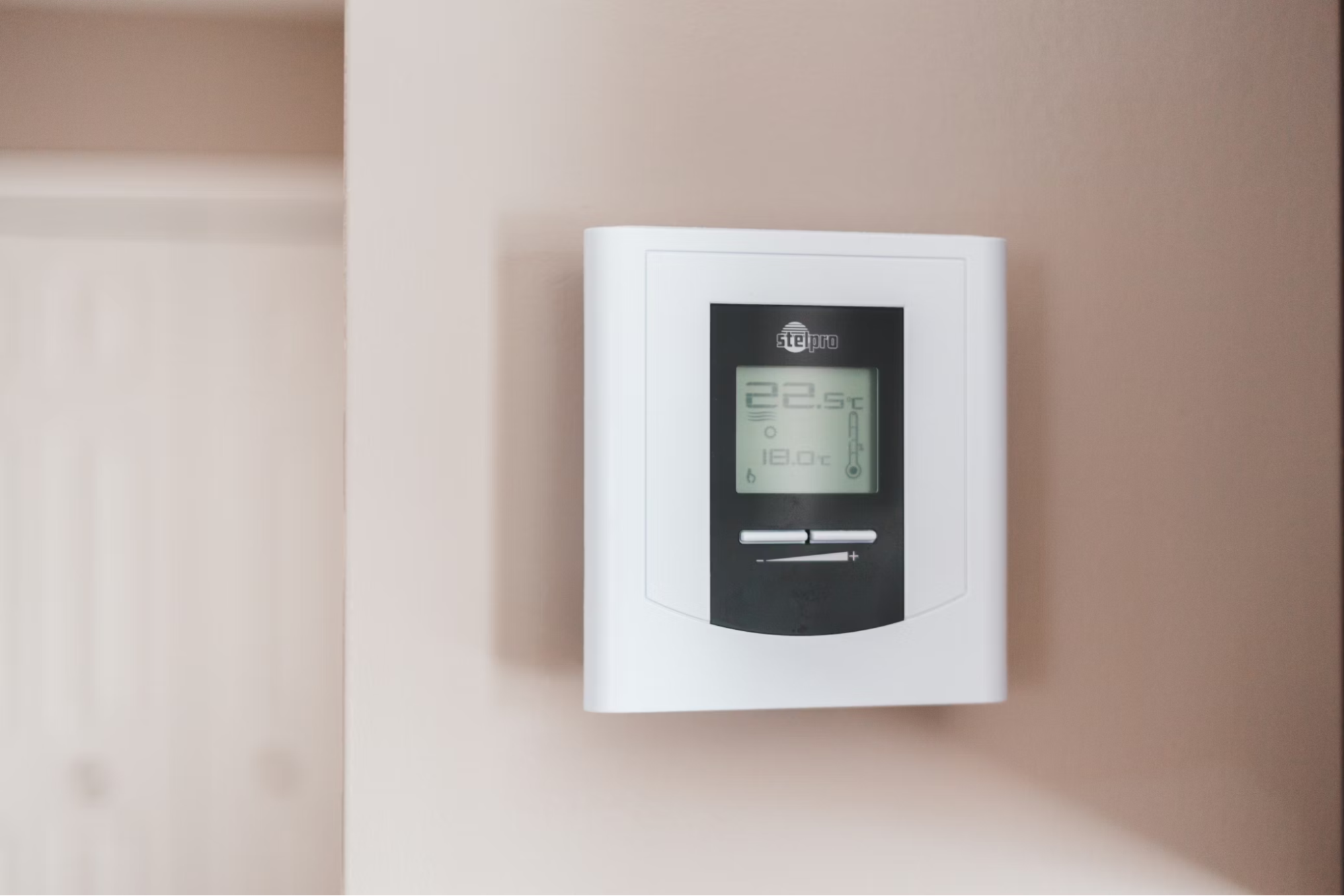
In a recent article, we covered the various reasons to buy a new split system this year, which covered everything from their cutting-edge features to efficiency, cost savings, and smart device connectivity.
A new split system represents a significant upfront investment but offers substantial savings in the long run. Newer systems have higher Energy Star ratings that translate to lower energy usage and, consequently, lower bills. Their ability to zone heat is particularly beneficial, allowing you to heat only the areas of your home that are in use, avoiding the wastefulness of heating empty spaces.
Inverter technology in modern split systems further enhances their efficiency. Unlike traditional systems that turn on and off to maintain temperature, inverters adjust their output to ensure a constant temperature with minimal energy use. This not only reduces consumption but also minimises wear on the system, extending its lifespan and ensuring that your investment is both environmentally and financially sound.
Saving money on power bills doesn’t just boil down to the heating system you’re using. There are many other ways to reduce your overall consumption and keep the household cosy.
Combatting draughts is a critical step in improving your home’s warmth and energy efficiency. Small gaps and leaks can lead to significant heat loss, making your heating system work overtime to compensate. By sealing these leaks with weather stripping, draft stoppers, or other sealing techniques, you can maintain a warmer home and reduce the demand for your heating system.
Of course, insulation is another effective measure to retain warmth and enhance your heating system’s efficiency. Proper insulation in walls, roofs, and floors acts as a barrier to heat flow, keeping warm air inside during winter and out during summer. This means less energy is needed to heat or cool your home, leading to lower power bills and a more comfortable living environment year-round.
Life gets busy, and it’s sometimes easy to forget the small things. However, staying proactive and switching off your heater everytime you leave the house can make a major difference to your power bills. This should not only become your routine when you head off for work, holidays, or errands, but also apply to any rooms that you aren’t using.
If you’re lucky enough to own a heater with in-built smart technology, the system should automatically switch into power saving mode if no one is using the room. However, in the case of electric panel heaters, older split systems and gas log fires, the responsibility is yours.
Forgetting to turn off your heater is never a good idea, but investing in brand new heating and cooling systems can help to minimise household energy usage if it slips your mind. At Maroondah Air, we have a licensed team that can install innovative ducted heating and split systems across Melbourne. Reach out to us now for a quote!
Regular maintenance of your heating system is key to its efficiency and longevity. An annual service by a professional can help identify and fix any potential issues before they become major problems, ensuring your system runs smoothly when you need it most. This not only prevents unexpected breakdowns but also ensures your system is operating at peak efficiency, reducing energy consumption and saving you money.
Servicing extends beyond simple checks, involving cleaning filters, checking for leaks, and ensuring all components are in good working order. This attention to detail means your heating system can deliver consistent, efficient warmth throughout the colder months. With a properly serviced system, you can enjoy the comfort of your home without the worry of high energy bills or costly last-minute repairs.
With a track record spanning multiple decades, Maroondah Air is your trusted team for all things heating and cooling in Melbourne. Whether you’re after brand new split systems, ducted, or simply need a professional air conditioning service, you’re always in great hands with our fully licensed HVAC technicians.
We can assist with everything from split systems installation to an air conditioning service. Reach out to us for a quote and put yourself in a great position to save some money this winter!
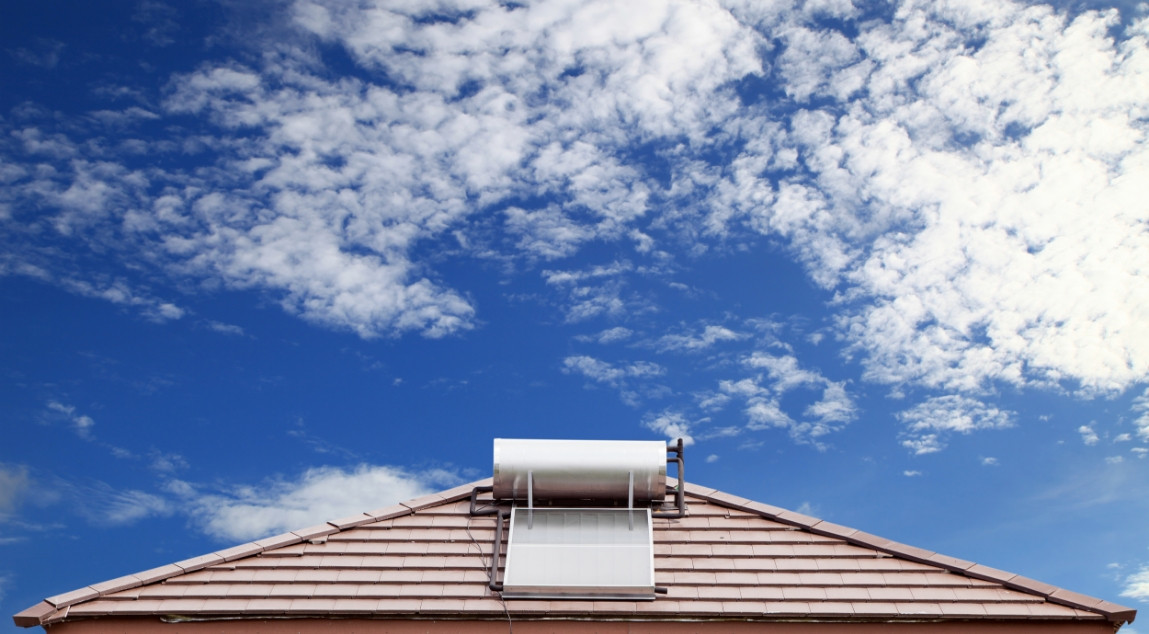
Looking to go gas free in Victoria? You’re not alone. Both on a local and national level, a major push is being made to help property owners transition away from gas based appliances and embrace more efficient carbon-friendly options. Effective Jan 1, 2024, Victoria’s Gas Substitution Roadmap will officially begin. This initiative not only aims […]
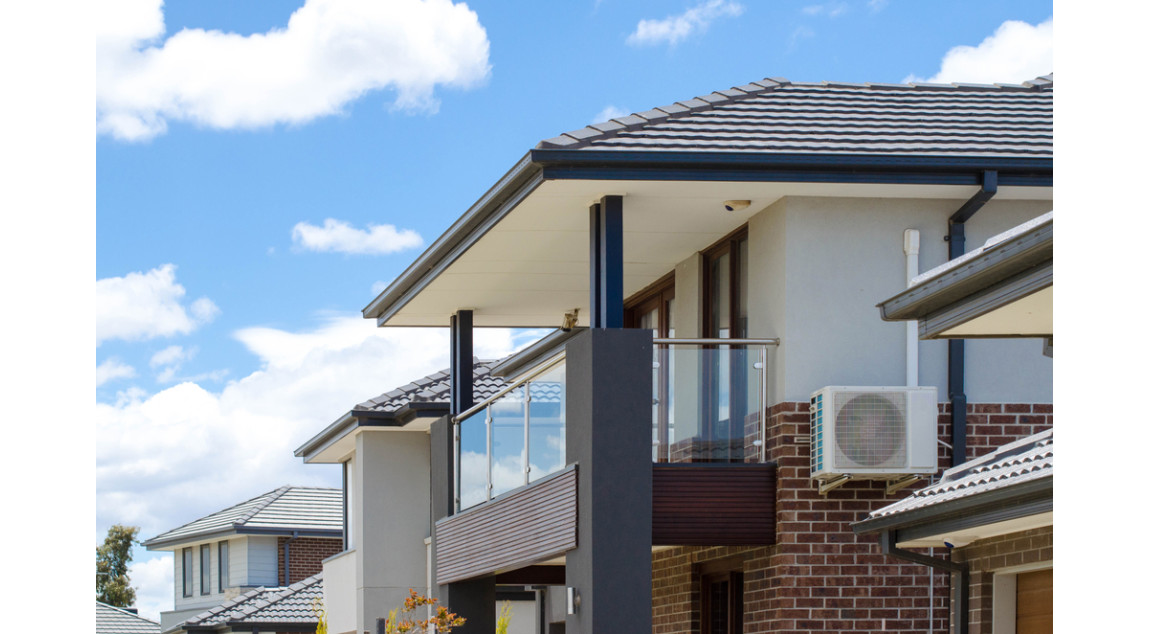
As one of Melbourne’s leading heating and cooling companies, we have some expert tips and advice to keep you comfortable and cool. From rebates to cutting edge air conditioning systems, there are various steps you can take.
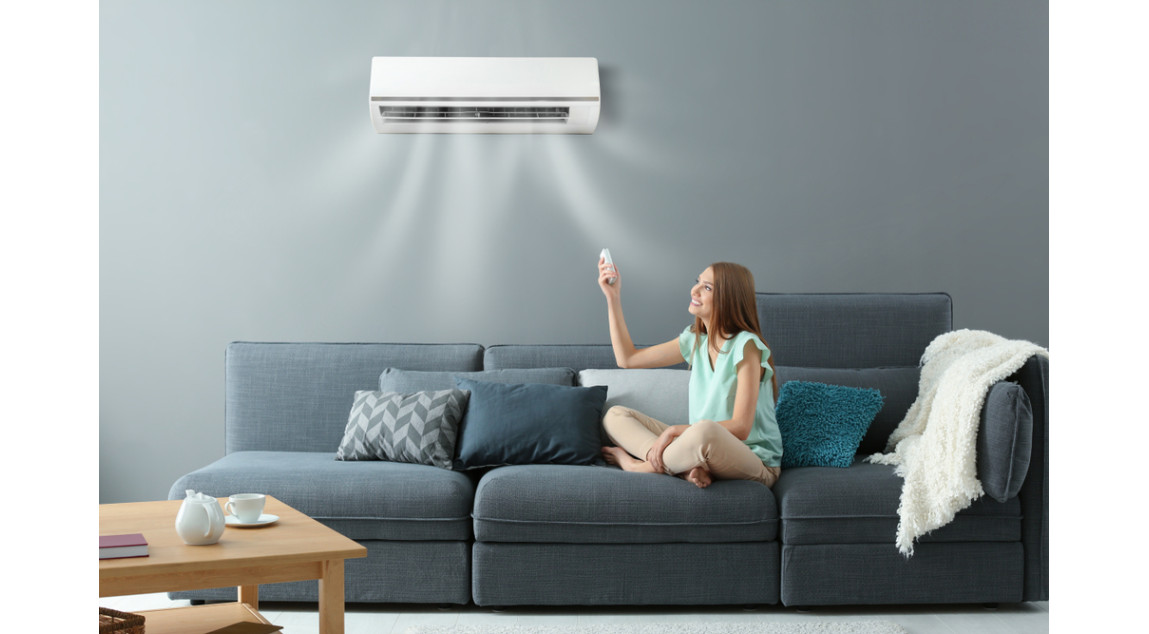
Whether you’re upgrading, fitting out a new property, or simply want to stay ready for the warm weather, we’re here to break down the best and brightest split systems available this summer.
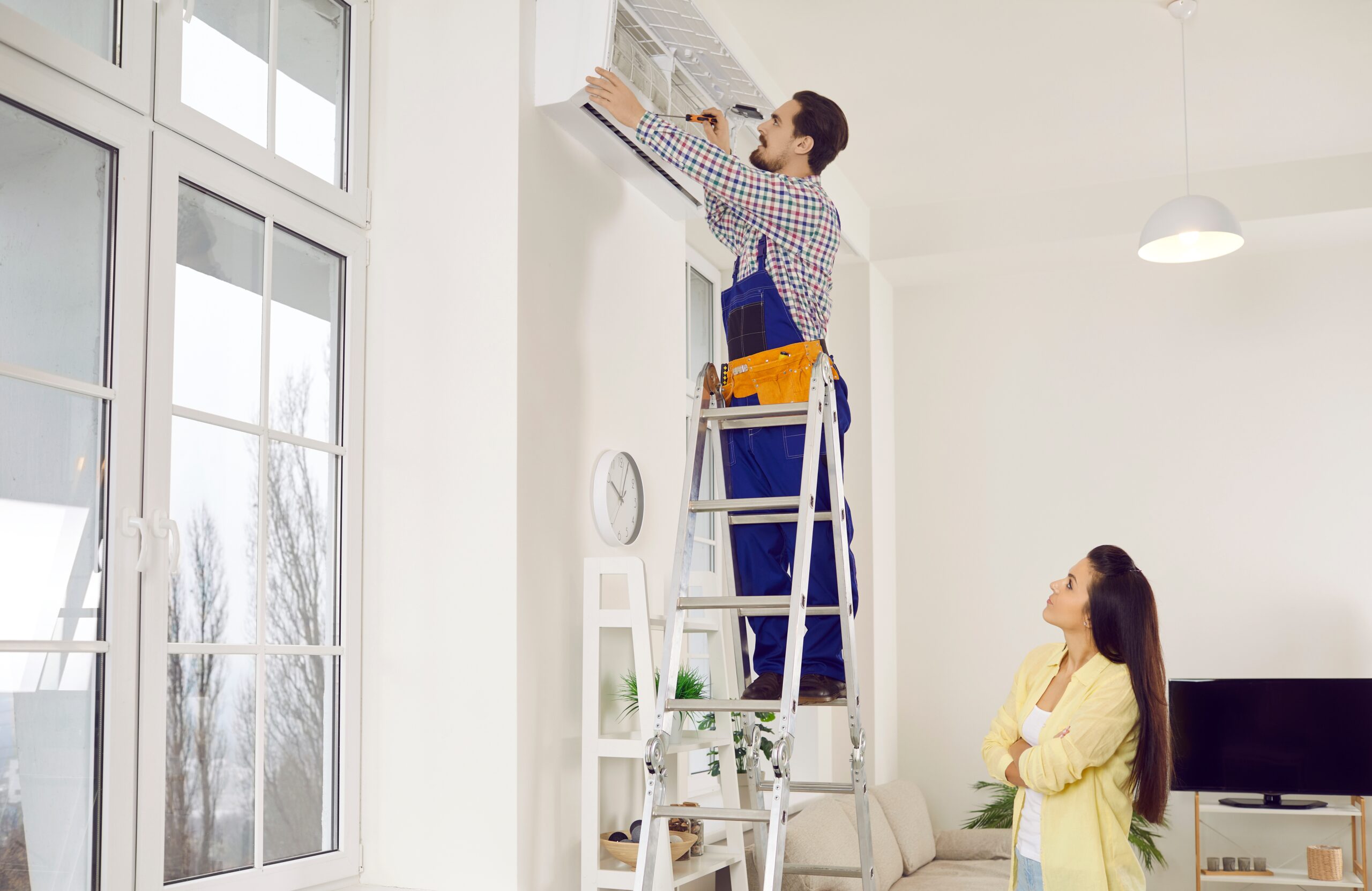
A new air conditioning system is a big investment for any home and business. While the unit and brand is an important consideration, so is the company you choose. From the initial installation to ongoing servicing and repairs, you need someone that you can trust, respect, and depend on in a crunch. These days, heating […]
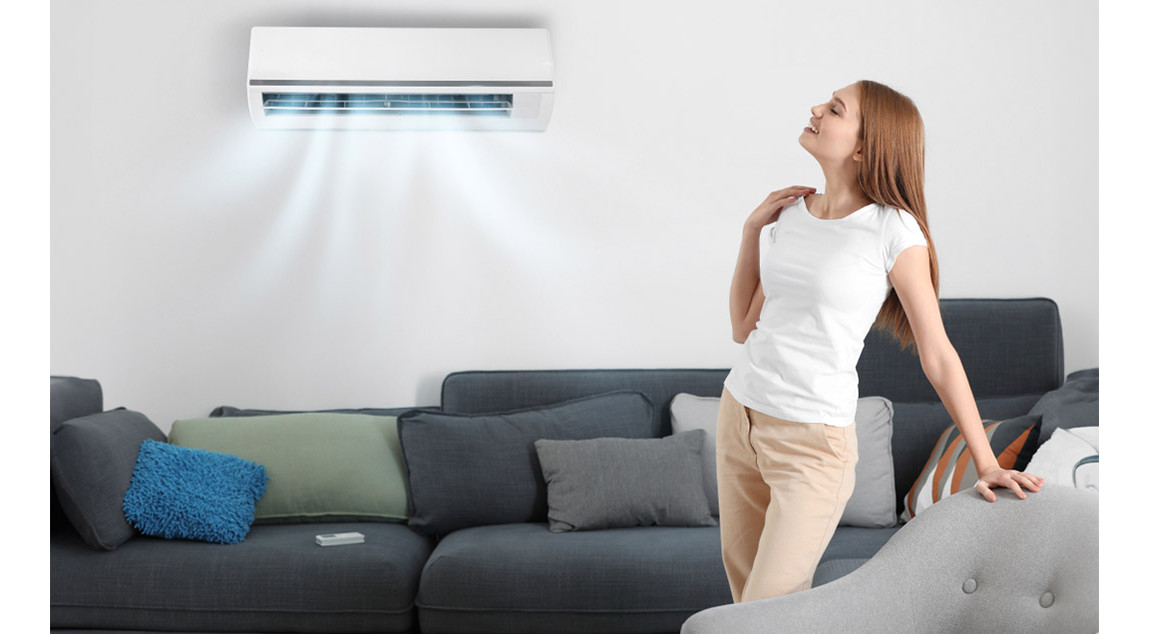
On a global level, our weather is becoming more unpredictable and extreme than ever. Australia is certainly no exception to the rule. In response, we’re all searching for ways to cope and be as comfortable as possible. Luckily, this is where split systems really fit the bill. Unless you’ve recently undertaken a renovation or bought […]
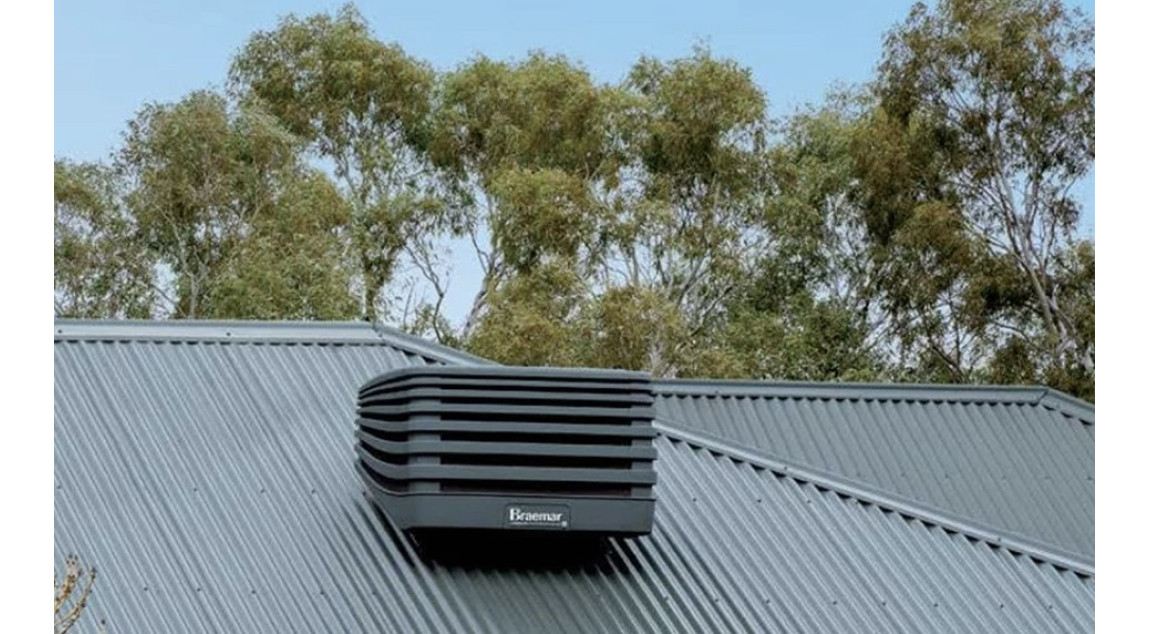
While split systems tend to get a lot of attention, there are many other great forms of air conditioning available. Today, we are going to shine a light on a highly regarded alternative–evaporative cooling systems. Often dubbed the most natural and eco-friendly form of air conditioning, evaporation coolers are available as both stand alone units […]
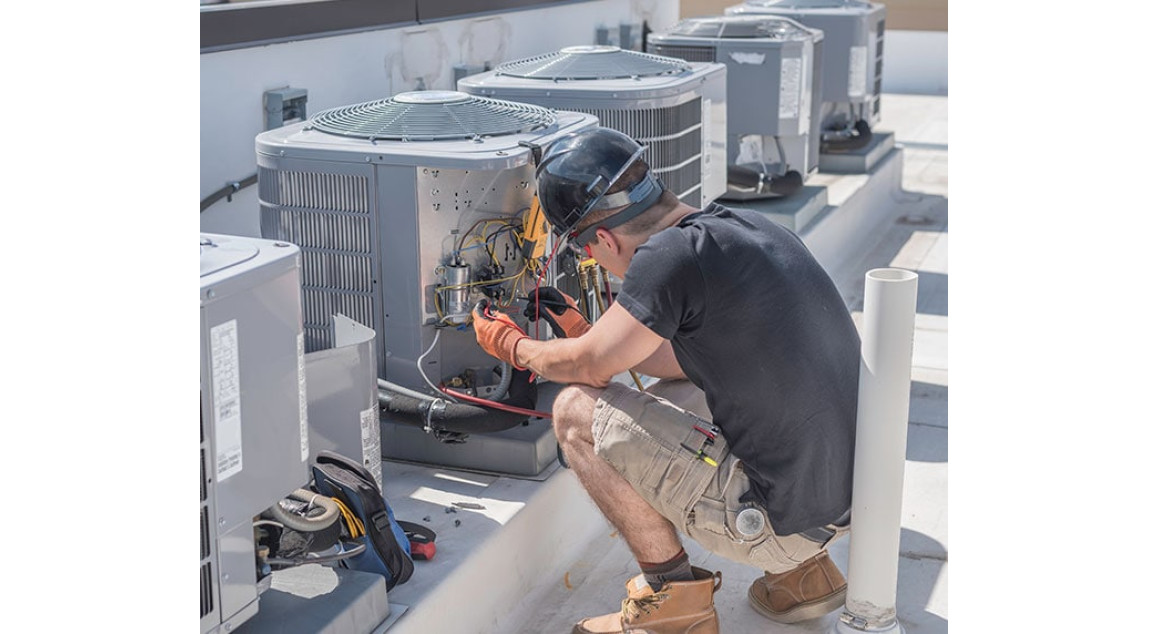
Your air conditioner won’t always last forever, but regular servicing sure helps to extend its lifespan. If you’re using the unit on a regular basis, this places a strain on all of its components, which can quickly lead to costly repairs.
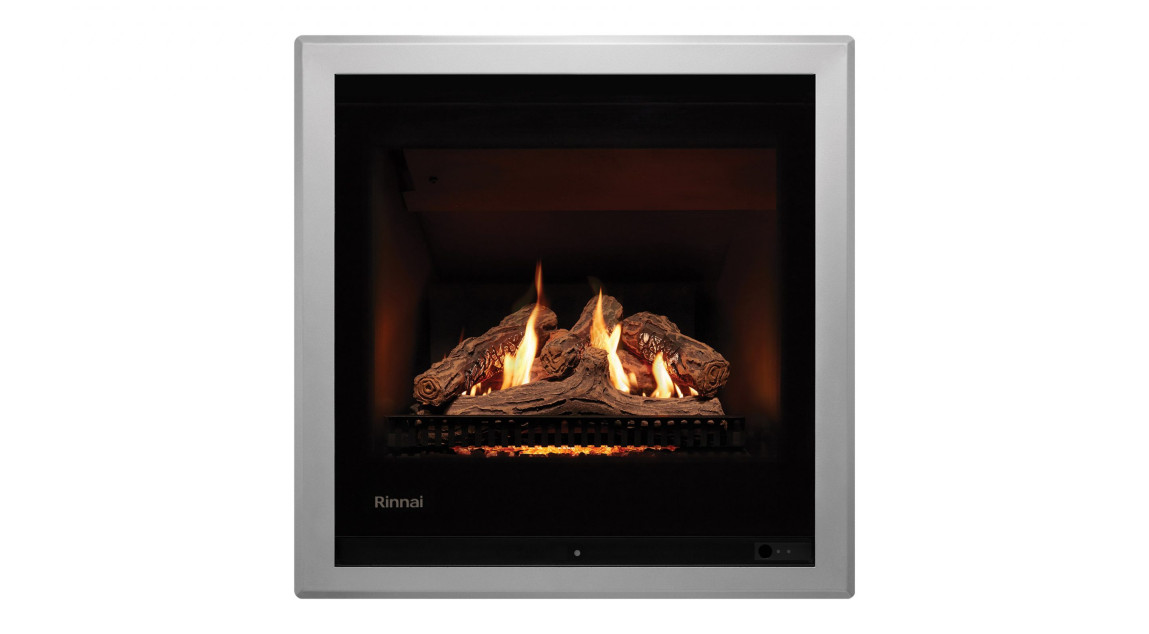
Whether you want to retrofit a gas log fire into your existing fireplace or fit one into a newly built home, there’s never been a better time to invest in a brand new Rinnai log fire. Let’s explore why right now.
Types of Rinnai Gas Log Fires
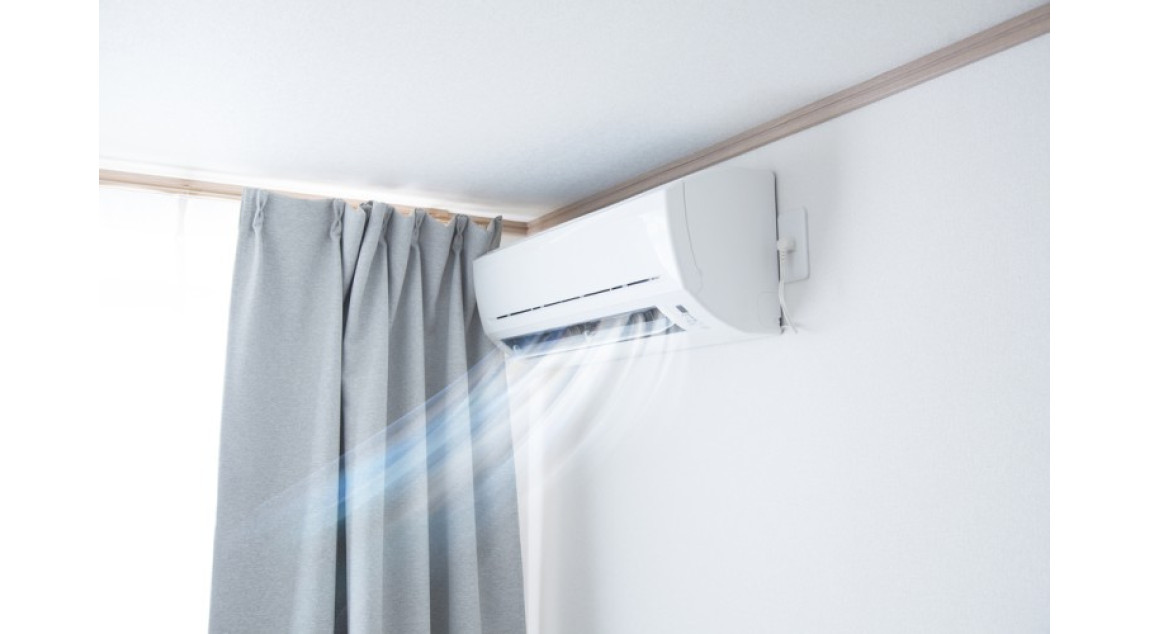
Air conditioning plays an incredibly important role in all of our lives. From home to work, shopping centres and public transport, we rely on these systems almost every day. As our need for reliable AC continues to grow, so does the capacity and functionality of modern air conditioning units. Without a doubt, split systems are […]